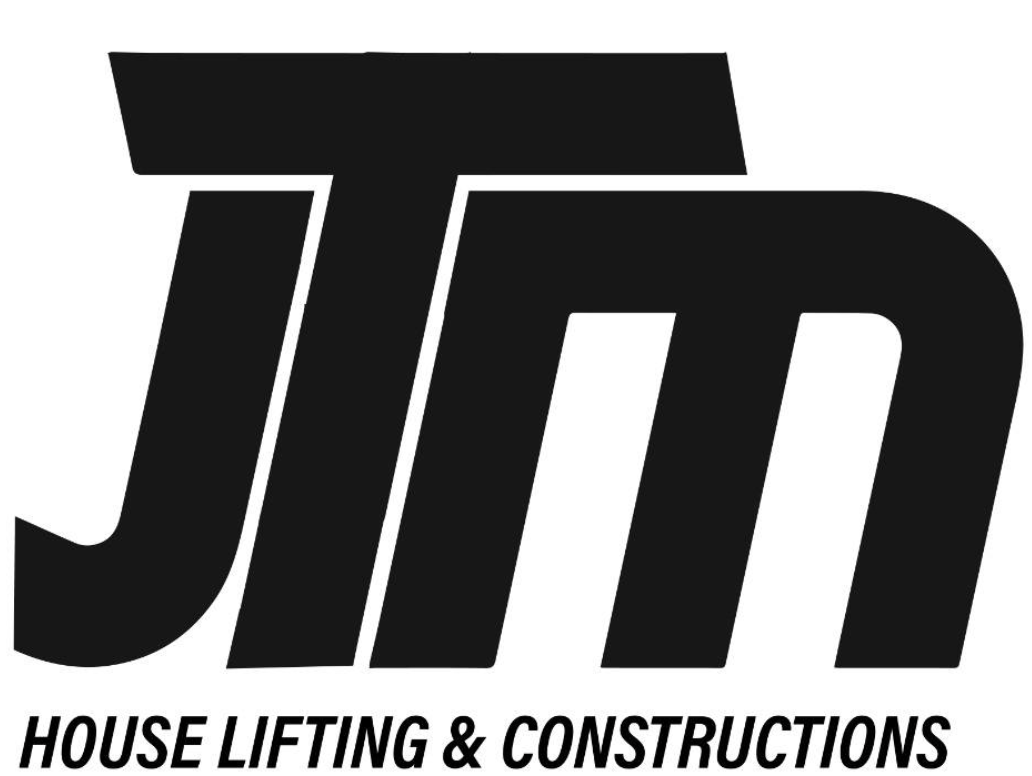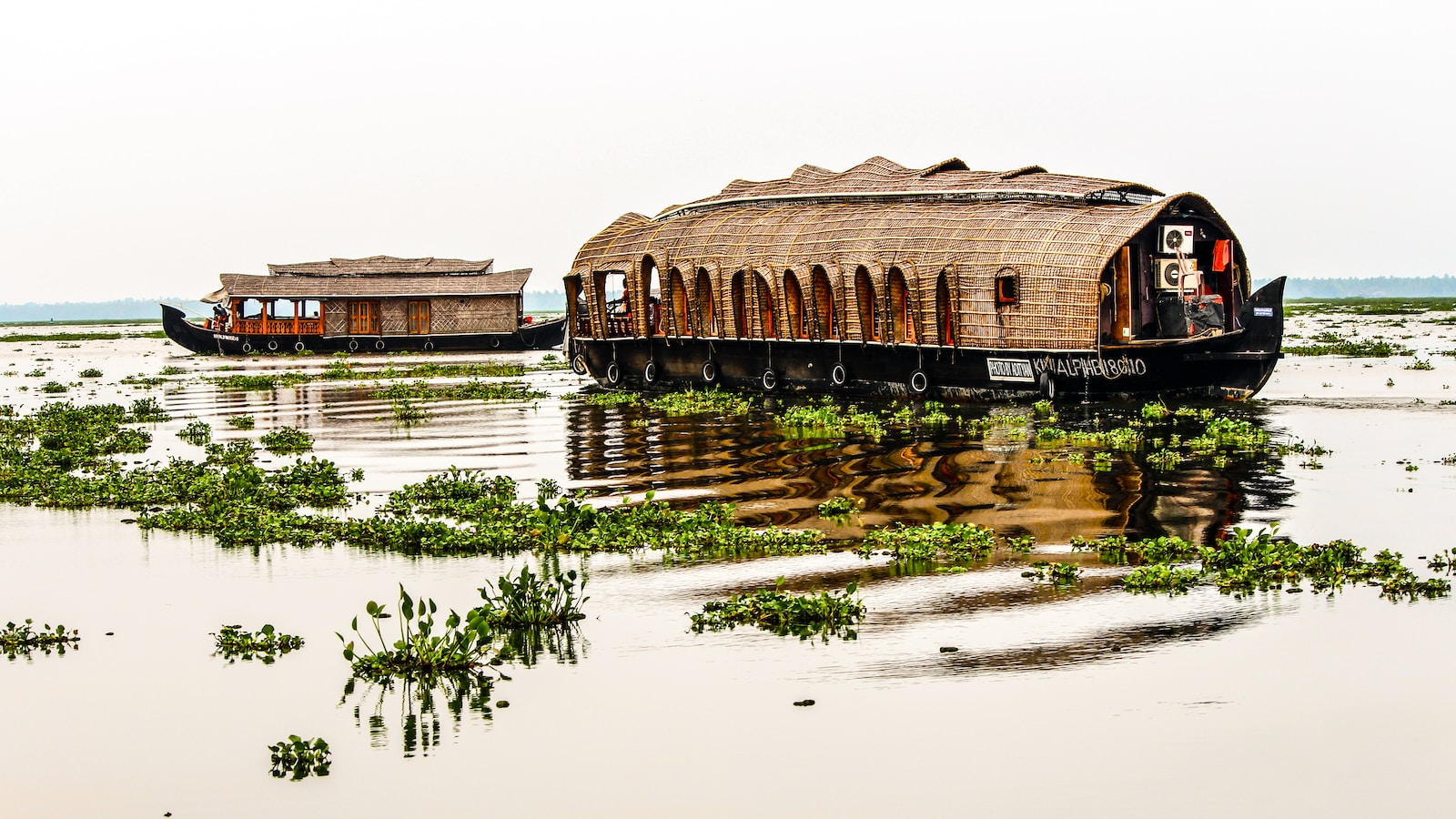Building lifting is a process used to raise an existing structure on its original foundation and add new or stronger foundations underneath. This method of construction has become increasingly popular in Alappuzha, India due to its ability to increase building height safely and quickly.
Developments in engineering have enabled the city of Alappuzha to lift buildings up to four stories high with minimal disruption and risk. In this article, we will discuss the process of building lifting as it relates specifically to Alappuzha, India.
The process begins with a detailed assessment of the existing structure followed by careful planning and preparation for the lift itself. Engineers consider various factors such as soil conditions, load bearing capacity, structural integrity, and other potential issues before drawing up plans for the lift operation.
Once approved by local authorities, materials are sourced for scaffolding, jacks, hydraulic pumps and other necessary components required for raising the building safely. The entire process needs to be carefully monitored throughout so that any changes can be addressed immediately during construction while adhering strictly to safety protocols at all times.
The Process of Building Lifting
The process of building lifting in Alappuzha involves the use of heavy machinery, such as cranes and pulleys, to raise structures to a higher altitude.
The process is typically carried out by a team of experienced engineers and equipment operators. After assessing the structure to be lifted, the team will calculate the amount of force required for the lift, as well as determine any potential risks or hazards involved in the process.
Once all safety measures are taken into account, they will begin erecting the necessary equipment on site and begin raising the structure.
The building lifting process may require several days or weeks to complete depending on its size and complexity. During this time, it is important to monitor both environmental conditions and safety regulations closely to ensure that no damage occurs during the operation. Additionally, workers must take special precautions when working near power lines or other hazardous areas where electrocution may occur.
Once lifted successfully into place, workers must secure it with a series of steel cables or braces before disconnecting all machinery from the site. This ensures that no further modifications are needed once completed and that all structural integrity is preserved during transportation or relocation.
Conclusion
The process of building lifting is a challenging endeavor that requires extensive preparation and planning.
It involves various stages, including:
- the evaluation of the existing infrastructure,
- obtaining necessary permits,
- preparing for temporary relocation of residents and businesses,
- identifying suitable techniques and materials for the job,
- executing the job with precision and caution, and
- ensuring that all safety protocols are followed.
The successful completion of this task requires cooperation between local authorities, engineers, contractors, and residents to ensure smooth execution.
Building lifting is an important step in adapting to changing environmental conditions or making urban areas more livable.
Ultimately, it serves as a reminder of our collective responsibility to ensure safe living environments for future generations while preserving the heritage of our cities.

